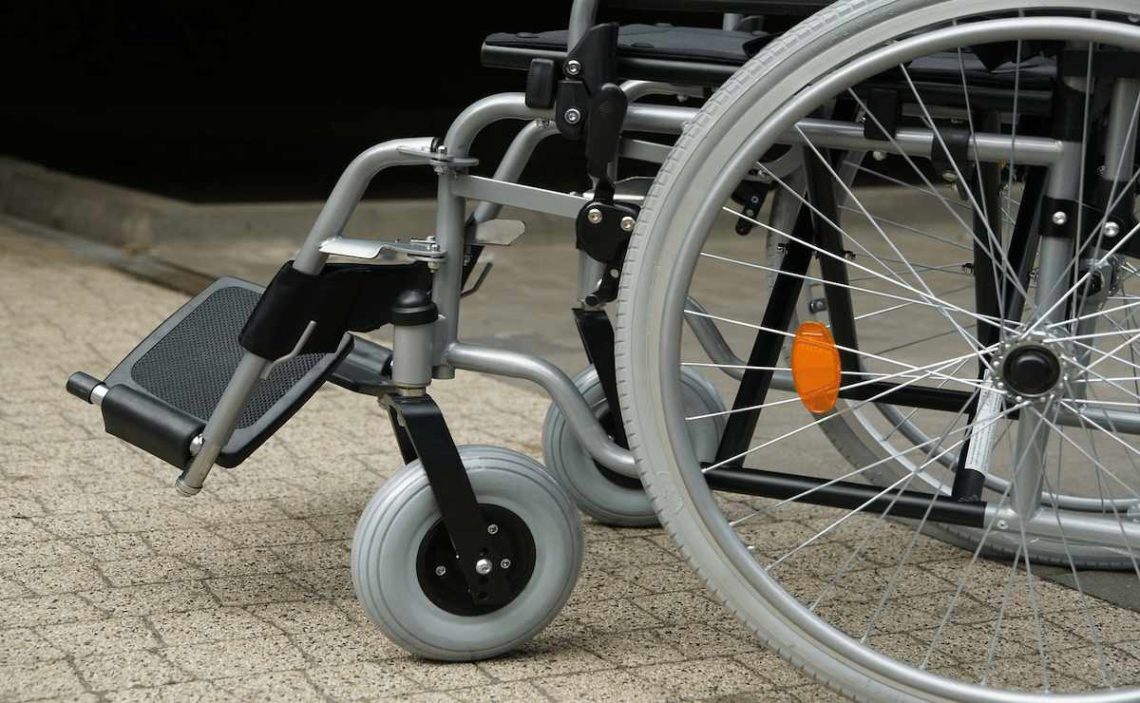Total Permanent Disability is a physical condition in which the person is unable to perform his or her professional activities. Unlike other models of disability, in this case, it is considered that the person will not recover the ability to work again.
This is a complicated situation. In addition to the injuries or conditions that cause the disability, there is also the process of getting the Permanent Disability recognized. This is essential in order to obtain the benefits that may be granted.
Keys to Total Permanent Disability
There are some key factors to take into account when defining Total Permanent Disability.
The first of these keys is that this type of condition incapacitates the person to continue with professional tasks. This means, in this case, all professional tasks. The insurance company can classify the disability with different ranges (temporary or permanent). Depending on these ranges, the benefits are one or another.
It is also important to note that not all situations of disability qualify for Total Permanent Disability. In fact, when there are options for healing or the possibility that the injury will improve over time, it may not be considered to be a qualifying long-term disability.
How do insurance companies classify degrees of disability?
It is very important to be aware of the rating standards that insurance companies apply to the different degrees of disability.
To begin with, an insurance company will always evaluate the situation according to the person’s ability to continue working. For example, if someone maintains the ability to continue working a limited number of hours, the rating will be a partial permanent disability.
On the other hand, these ratings can be extended over time. In other words, it is perfectly possible for a permanent partial disability to be granted. In this type of condition, the person can work part-time while receiving the corresponding disability compensation.
At the other extreme, the condition of total permanent disability will prevent access to employment for life. In this case, therefore, we would be looking at the highest compensation payments from the insurance company.
What are permanent disability policies like?
As is usual in the insurance sector, there are different types of policies in which the compensation for disability can be included.
However, the most common would be specific policies to cover this possible scenario. These are insurance policies that offer compensation in the form of a percentage of the insured’s salary.
Not all insurances are the same: some make personalized studies of the person’s income and, based on this research, compensation is offered. In other cases, general tables are established according to the productive sector, geographical location, and so on.
On the other hand, when contracting this type of insurance, it is important to check the conditions of the indemnity. It may be limited to a specific period of time, and usually ends at retirement age.
However, due to the flexibility that insurance has been gaining in recent years, it is even possible to find combined proposals for the transition from disability compensation to retirement.


